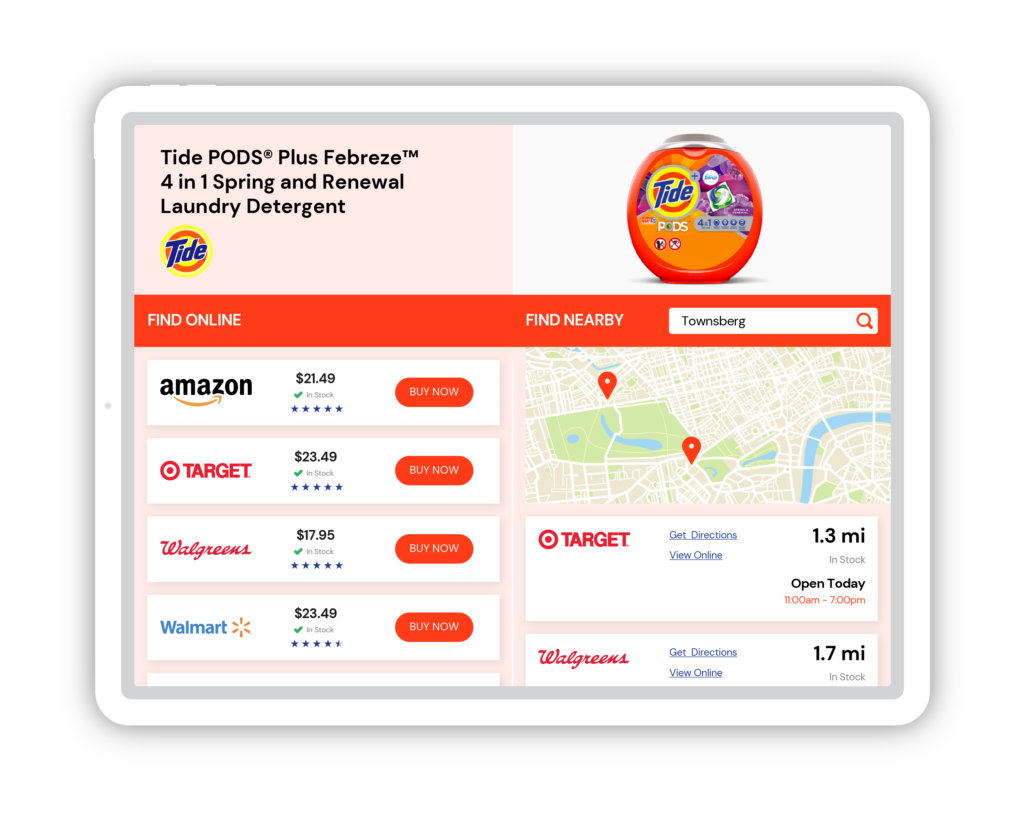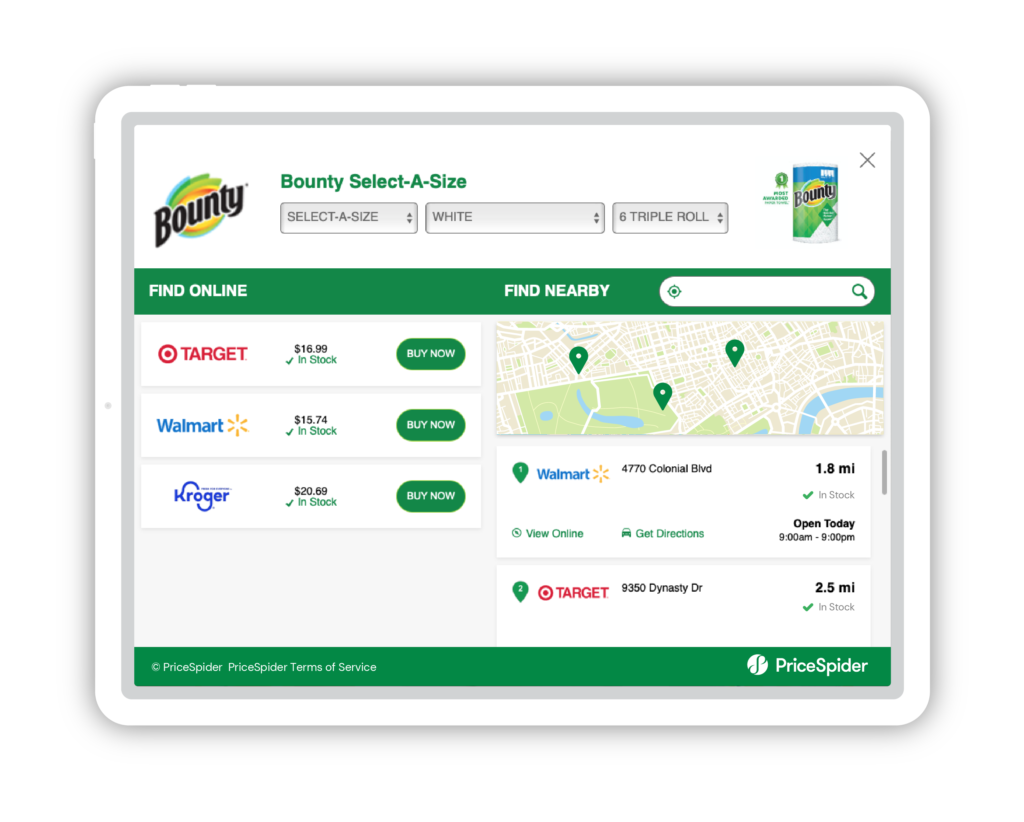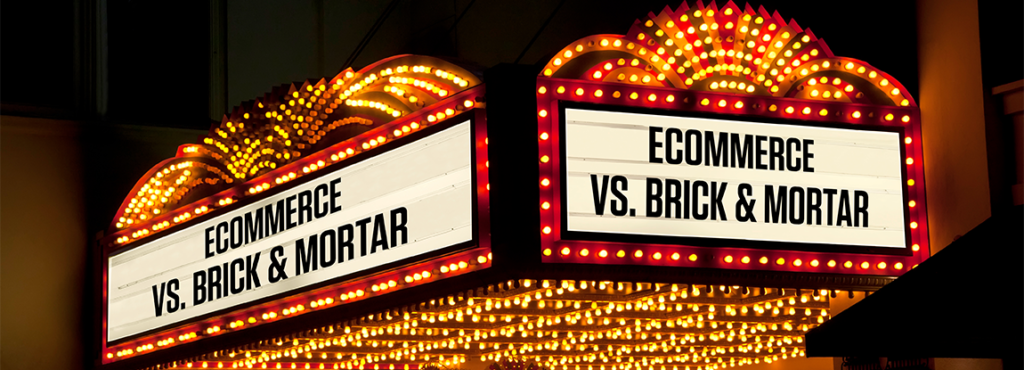Frenemy is an all too often used term especially in Hollywood when reading about the latest so called feud between the latest “it” star and a rival competitor that’s already risen through the ranks. Perhaps there’s some actual conflict there, but more than likely it’s a mutually beneficial narrative designed to get followers and personal brand recognition. So, in the light of day, the frenemies likely aren’t truly feuding at all, but using the guise of conflict to boost their own rep. Today we’re turning our attention to the ultimate frenemies, ecommerce and brick-and-mortar.
The more sales channels, the merrier, right? Perhaps not when one channel cannibalizes sales from another. For years, brands and retailers with healthy brick-and-mortar stores have bemoaned the channel conflict between online and offline stores.
As a brand, you want each of these channels to thrive and generate profits for your business. They both play an important role in increasing your brand awareness and market penetration. So you don’t want one channel’s success to come at the cost of the other’s failure.
Let’s look at why this channel conflict occurs and what you can do about it.
Why ecommerce channels conflict with brick-and-mortar stores
Any time two or more channels target the same group of people, there will be some conflict. Add the fact that your ecommerce and brick-and-mortar channels are often selling the exact same products and representing the same brand, and the overlap just increases.
Since brick-and-mortar stores occupy physical space, they can only serve people within a localized area. The strength of your brand and uniqueness of your catalog affects how wide the radius is, but physical locations will never have the reach of an online store that can ship purchases anywhere.
Ecommerce stores help you reach a much wider audience—you’re only limited by your distribution system (and any relevant regulations). There will never be channel conflict between brick-and-mortar and ecommerce if your online stores only sell to people who can’t access a physical location. But that’s not how it works. There’s always going to be overlap between your online and offline customer base.
Maybe an in-person shopper wants to buy something outside of store hours. Or they simply can’t come into the store that day to get what they need, and the purchase isn’t urgent (but they want to buy while it’s on their mind). Perhaps someone is browsing your catalog online to see if you have a tool they need to fix a plumbing problem, and they can’t afford to wait multiple days for it to ship—so while they usually buy online, this time they head to the nearest location.
Channel conflict happens any time there’s overlap between channels. And the bigger your brand and the more locations your products are available from, the greater this overlap and conflict will be.
Can you avoid channel conflict?
The only way to completely avoid channel conflict between online and offline stores is to shut one channel down completely or somehow separate their customer bases—neither of which is ideal for you or your customers.
The channel conflict is inherent. It’s understandable why brands and retailers want to avoid it—channel owners have to report on their own channel’s performance, and executives want to invest in the channels that contribute the most to the company’s bottom line. So even if the brand as a whole is growing, every channel has to use their own metrics to clarify their contribution to that growth. And when foot traffic or website visits are up but sales are down (or simply didn’t grow enough), it’s easy to see that your channel was still contributing to growth even if it wasn’t actually the point-of-sale.
There’s not really a way to avoid this channel conflict. But if you think it’s causing problems, it may be time for a shift in the way you think about the relationship between these channels.
They’re not in competition. They’re complimentary. That’s how consumers see them, and it’s why they seamlessly transition between them. And it’s past time for brands and retailers to adopt this omnichannel mindset.
The omnichannel solution to channel conflict
Consumers often use both online and offline channels throughout their customer journey. They may compare prices or configurations online while they walk through a brick-and-mortar store. Some retailers—like Home Depot—have embraced this shopping behavior so fully that the location-specific versions of their website even tell customers what aisle and shelf an item is located in.
Showrooming and webrooming describe how consumers deliberately use the in-store or online experience to research products and decide what they want to buy, and then complete their purchase through the opposite channel. While that’s frustrating from a reporting standpoint, it’s worth noting that the channel that didn’t serve as the point-of-sale still served an important role in the shopping experience, and it creates opportunities for additional touchpoints in the moment and in the future.
Additionally, brands and retailers need to recognize that their brick-and-mortar stores play an integral role in nearly every purchase. Even if they don’t serve as the point-of-sale, physical stores are often still the inventory source or fulfillment center for the purchase (or both)—especially as consumers continue to use alternative fulfillment methods like BOPIS, click and collect, and curbside pickup.
When brands worry less about who gets the attribution and more about providing the best customer experience, it empowers them to create more useful connections between these “conflicting” channels.
With store locator software like Where to Buy, brands can use their websites to help customers find local stores where they can purchase the product they’re interested in. Or, this same tool can display a variety of retailers that carry the product, including information about pricing, stock availability, and ratings, allowing customers to choose their preferred path to purchase.

Address channel conflict with Where to Buy
Thousands of brands, including leaders like P&G, GE, Sony, Nestle, and Unilever, use Where to Buy to give their customers a more omnichannel shopping experience, freeing people to select the channels they prefer to buy from. You can choose which channels consumers see and what information they can compare.

Want to see how Where to Buy can help you resolve channel conflict?

